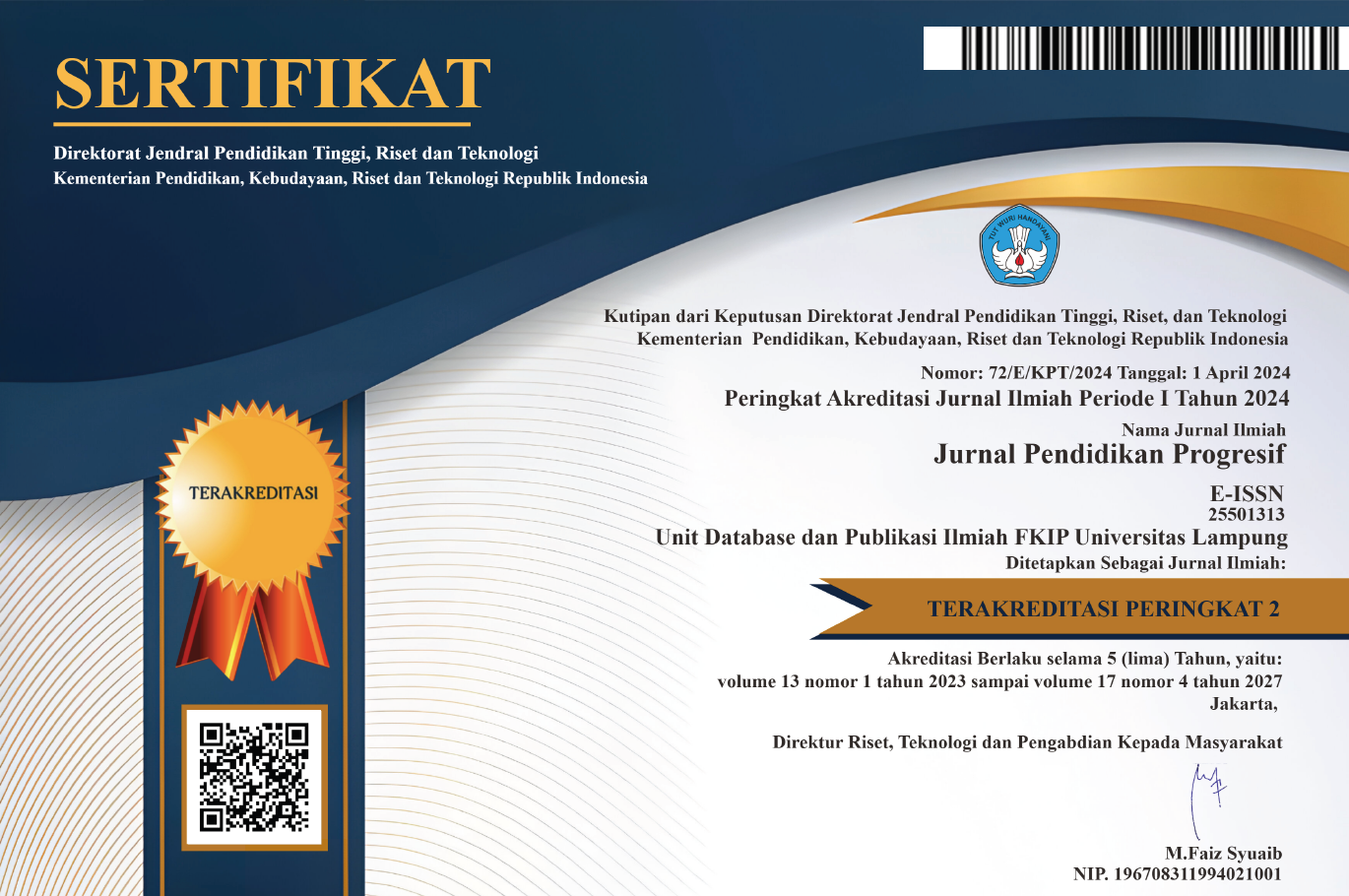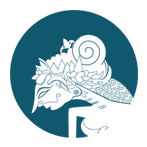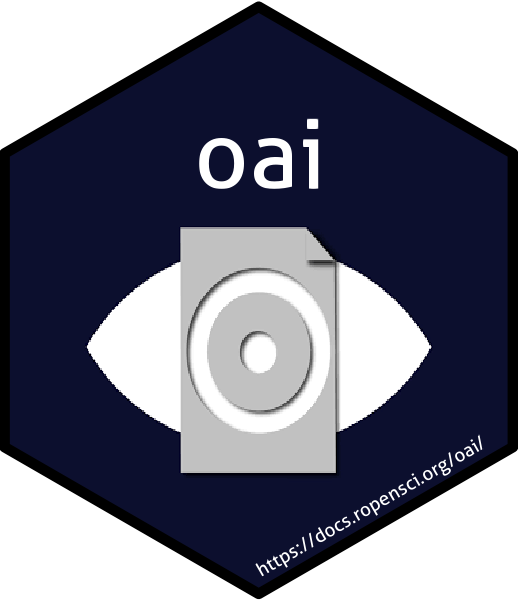The Relationship Between Self-Efficacy, Self-Development, and Human Resource Competence with Innovative Organizations in Higher Education
 Country:
Country:
(1) Universitas Sultan Ageng Tirtayasa, Indonesia
(2) Universitas Sultan Ageng Tirtayasa, Indonesia
(3) Universitas Sultan Ageng Tirtayasa, Indonesia
The Relationship Between Self-Efficacy, Self-Development, And Human Resource Competence With Innovative Organizations In Higher Education. Objectives: This study aims to analyze the relationship between self-development, self-efficacy, and human resource (HR) competence in fostering innovation within organizations. Methods: To address this issue, this research employs a quantitative approach using a survey method. Data collection was conducted through a questionnaire. The analysis model applied is path analysis using SPSS (Statistical Package for the Social Sciences), with respondents comprising program heads, lecturers, and educational staff at higher education institutions, totaling 350 individuals. Findings: The results indicate that there is no significant collective influence of all variables on organizational innovation. However, each variable plays a distinct role in shaping innovation. Self-efficacy directly influences organizational innovation, while self-development contributes to innovation only when strongly linked with HR competence. This suggests that fostering a highly innovative organization requires strengthening self-efficacy alongside improving self-development and HR competence. Conclusion: To enhance organizational productivity and innovation, it is crucial to first improve self-efficacy and self-development among lecturers and educational staff. Strengthening these aspects will enhance lecturer competence, which directly impacts the organization's capacity to innovate. Organizations should prioritize initiatives that support professional growth and self-efficacy to create a more sustainable and innovative environment.
Keywords: self-efficacy, self-development, human resource competence, innovative organizations.
Akbari, M., Bagheri, A., Imani, S., & Asadnezhad, M. (2021). Does entrepreneurial leadership encourage innovation work behavior? The mediating role of creative self-efficacy and support for innovation. European Journal of Innovation Management, 24(1), 1-22.
Alwi, M. (2022). Kepemimpinan transformasional: meningkatkan daya saing perguruan tinggi di era industri 4.0. JUPENJI: Jurnal Pendidikan Jompa Indonesia, 1(2), 87–97.
Aman, A., Raharjo, T. J., Khafid, M., & Supriyanto, T. (2023, June). Peran dan strategi perguruan tinggi dalam membentuk sdm unggul yang berjiwa creativepreneurship di era society 5.0. In Prosiding Seminar Nasional Pascasarjana, 6(1), 7-12.
Bandura, A. (1997). Self-efficacy: The exercise of control. Macmillan.
Berber, N., & Lekovic, B. (2018). The impact of HR development on innovative performances in central and eastern European countries. Employee Relations, 40(5), 762–786.
Botelho, C. (2020). The influence of organizational culture and HRM on building innovative capability. International Journal of Productivity and Performance Management, 69(7), 1373–1393.
Botelho, C. (2020). The influence of organizational culture and HRM on building innovative capability. International journal of productivity and performance management, 69(7), 1373-1393.
Creswell, J. W. (2002). Desain penelitian. Pendekatan Kualitatif & Kuantitatif, Jakarta: KIK.
Damanpour, F. (2020). Organizational innovation: Theory, research, and direction. Edward Elgar Publishing.
Dennett, P. (2022). The creative organization. In The Handbook of Creativity & Innovation in Business: A Comprehensive Toolkit of Theory and Practice for Developing Creative Thinking Skills (pp. 319–335). Springer.
Gbarale, K., & Okechukwu, B. (2022). Self-management competencies and employee effectiveness: a conceptual review. Journal of Human Resource & Leadership, 6(2), 33–41.
Goulart, E. L., Weymer, A. S. Q., & Moreira, V. R. (2022). The influence of self-efficacy on training effectiveness in cooperative organizations. Revista de Administração Da UFSM, 15, 331–353.
Hall, R. W. (2020). Creating the innovative university. Technology & Innovation, 21(4), 1–14.
Hamann, K. R. S., Holz, J. R., & Reese, G. (2021). Coaching for a sustainability transition: Empowering student-led sustainability initiatives by developing skills, group identification, and efficacy beliefs. Frontiers in Psychology, 12, 623972.
Hayes, C., & Hayes, C. (2020). Creating supportive environments. Transition Leadership: Navigating the Complexities of Organisational Change, 85–104.
Jacob, J. A. (2018). Community colleges: an educational movement towards empowerment of the underprivileged and its linkages to social work. Soziale Vielfalt: Internationale Soziale Arbeit Aus Interkultureller Und Dekolonialer Perspektive, 67–76.
Knowles, M. S. (1984). Theory of andragogy. A Critique. International Journal of Lifelong. Cambridge MA.
Le Thi, H. T. (2019). The adaptation of individuals to organizational changes: exploration of factors reflecting individual readiness for change. VNU JOURNAL OF ECONOMICS AND BUSINESS, 35(3).
Marlinah, L. (2019). Pentingnya peran perguruan tinggi dalam mencetak SDM yang berjiwa inovator dan technopreneur menyongsong era society 5.0. Ikraith-Ekonomika, 2(3), 17–25.
Martín, P., Potočnik, K., & Fras, A. B. (2017). Determinants of students’ innovation in higher education. Studies in Higher Education, 42(7), 1229-1243.
Muktamar, A., & Pinto, J. (2023b). Pengaruh kepemimpinan transformasional dalam meningkatkan kinerja organisasi pendidikan. Journal of International Multidisciplinary Research, 1(2).
Munthe, L. (2024). Manajemen konflik dalam hubungan strategi komunikasi efektif. Circle Archive, 1(4).
Narenji Thani, F., Mazari, E., Asadi, S., & Mashayekhikhi, M. (2022). The impact of self-development on the tendency toward organizational innovation in higher education institutions with the mediating role of human resource agility. Journal of Applied Research in Higher Education, 14(2), 852–873.
Narenji Thani, F., Mazari, E., Asadi, S., & Mashayekhikhi, M. (2022). The impact of self-development on the tendency toward organizational innovation in higher education institutions with the mediating role of human resource agility. Journal of Applied Research in Higher Education, 14(2), 852-873.
Navarro-Rivera, J., & Kosmin, B. A. (2013). Surveys and questionnaires. The Routledge Handbook of Research Methods in the Study of Religion, 395–420.
Nurnaningsih, A., Norrahman, R. A., & Wibowo, T. S. (2023). Pemberdayaan sumber daya manusia dalam konteks manajemen pendidikan. Journal of International Multidisciplinary Research, 1(2), 221–235.
Prasetijowati, T., Sudona, C. D., & Nurany, F. (2023). Pola komunikasi dalam rangka menjaga solidaritas antar anggota badan eksekutif mahasiswa fakultas ilmu sosial dan ilmu politik di universitas bhayangkara surabaya. Governance, Jurnal Kebijakan Dan Manajemen Publik, 13(1), 17–25.
Rahmi, E., Patoni, A., & Sulistyorini, S. (2020). The management of human resources development in increasing the quality of islamic education institutions. Al-Ta Lim Journal, 27(2), 166–178.
Saba, Z. I. Z. (2024). Pentingnya kesehatan mental karyawan di tempat kerja terhadap kinerja karyawan. JBK Jurnal Bimbingan Konseling, 2(02), 38–45.
Sasono, H., & Santoso, I. (2022). Sosialisasi (edu fair) peran perguruan tinggi dalam meningkatkan profesionalisme sdm perusahaan. SAFARI: Jurnal Pengabdian Masyarakat Indonesia, 2(3), 72–80.
Shet, S. V. (2024). A VUCA-ready workforce: exploring employee competencies and learning and development implications. Personnel Review, 53(3), 674-703.
Spencer, L. & Spencer, S. (1993) Competency at Work: Models for Superior Performance. John Wiley and Sons, Inc., New York.
Stephens, S. (2022). Collaboration is the next generation of innovation: how working together can be the gateway to creating a more inclusive, innovative tomorrow. In Empowering Women in STEM (pp. 89–94). CRC Press.
Tenya, A. W. (2024). Factors that facilitate or inhibit professional self-development motivation in employees of educational institutions. Journal of Health and Rehabilitation Sciences, 3(2), 30-37.
Yadav, M., & Mishra, S. (2019). Self-leadership as a tool for enhancing performance at workplace. GIS Bus, 14, 76–88.
Refbacks
- There are currently no refbacks.

This work is licensed under a Creative Commons Attribution-ShareAlike 4.0 International License.
View My Stats






